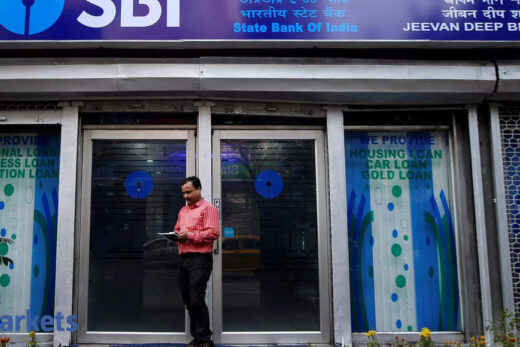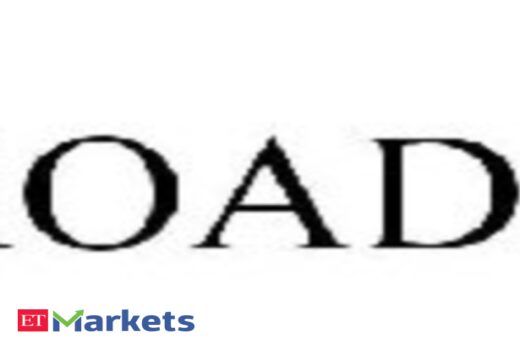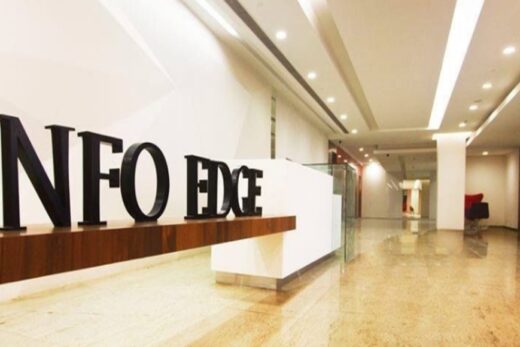“We maintain a constructive view on India’s economy – we expect GDP growth to gather steam with all components contributing positively: We expect consumption, which so far has been lagging, to pick up in a broad-based manner from Q1 FY22 as vaccination rates cover the entire eligible population. Improving end demand (consumption and exports) pushes capacity utilization rates higher, alongside a conducive policy environment which should push up private capex from H2 FY22,” economists from the foreign firm wrote in a note.
Morgan Stanley projects India’s GDP growth at 7.8 per cent in 2022-23 (Apr-Mar) and 7.2 per cent the following fiscal year.
India has suffered a slowdown in economic growth since before the outbreak of the Covid pandemic with GDP growth in 2019-20 falling to an 11-year low of 4 per cent.
While the latest government data on Consumer Price Inflation was perceived as being benign by markets, Morgan Stanley believes that the price gauge is likely to climb to 5.8 per cent in the first quarter of calendar 2022 as a favorable statistical base effect dissipates.
The RBI is mandated to maintain CPI inflation in a band of 2-6 per cent with the medium-term target being set at 4 per cent.
“…We expect inflation to decelerate from there, driven by easing commodity prices on a sequential basis. We thus expect CPI inflation to remain steady at 5 per cent in 2022. Risks are to the upside, driven by a persistent cost-push increase related to the supply side and/or a faster-than-expected increase in demand which creates risks of generalized price pressures,” Morgan Stanley said.
In keeping with the broad market consensus, the firm believes that the RBI will raise the reverse repo rate (3.35 per cent) – which currently dictates the overnight cost of funds for several money market instruments — in both December and February monetary policy reviews.
“We believe that the next step in policy normalization following calibrated management of excess liquidity would be narrowing of the policy rate corridor to pre-pandemic levels through a reverse repo hike (15-20bp) in the December and February policy reviews.”
The RBI has already started the process of modulating excess liquidity in the banking system through variable-rate reverse repo operations; the latest cutoffs for which are more in sync with the repo rate of 4 per cent rather than the reverse repo rate.
“We expect the RBI to follow up with rate hikes (25bp) in each of the subsequent meetings in 2022. Risks to a delayed start hinge on the pace of growth recovery. Risks from external factors are skewed to the downside: We expect risks to emanate from the management of Covid, the pace of reaching full vaccination for the adult population, threats from new variants, and/or vaccine efficacy,” the release said.



